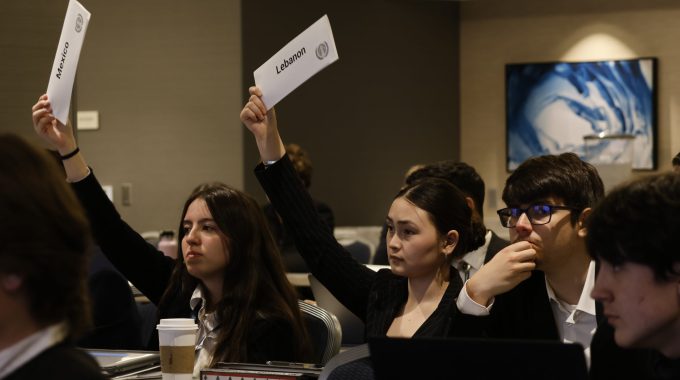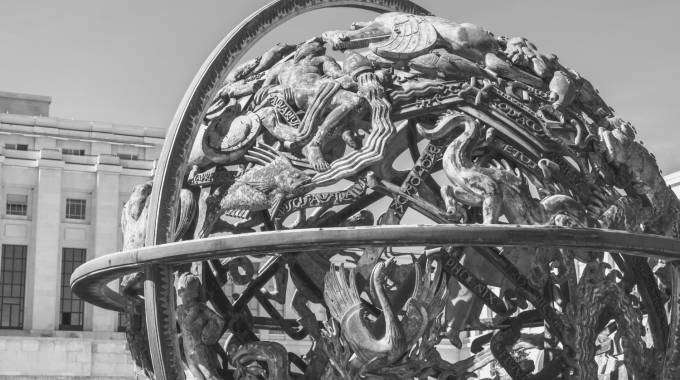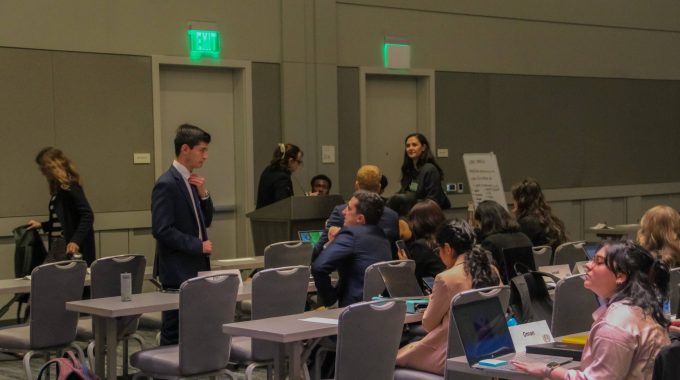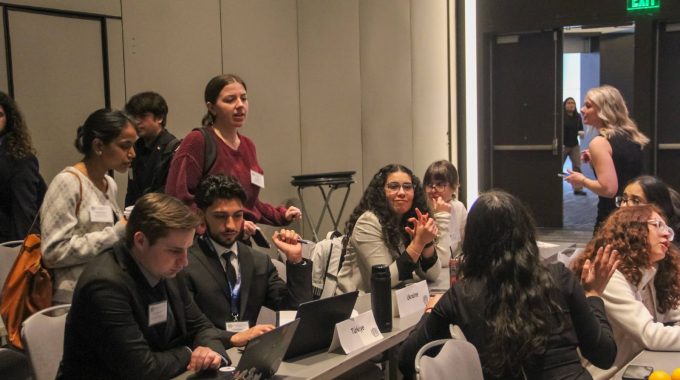Sovereignty or Solidarity: The Third Committee’s Crossroad on Indigenous Rights
As Third Committee delegates debate the protection of Indigenous rights, a central question posed by Singapore in committee symposium continues to echo through the chambers: Are Indigenous rights negotiable?
One resolution underway, largely led by the United States, aims to reaffirm each countries’ commitment to Indigenous communities, though still respecting national sovereignty. While supported amongst fellow delegates, the resolution stops short of mandating international standards, instead allowing each Member State to address the issue in a way that aligns with its domestic policies.
The United States, notably supported by Peru and other co-sponsors, stresses that Indigenous rights should remain under the jurisdiction of individual states. Citing recent discussions around DEI initiatives, the United States reaffirms its broader commitment of equity for all, noting, “We have taken too many commitments to the international community,” and calling the resolution “deeply important for respecting, not undermining, our national sovereignty.”
Israel stood with the United States and fellow co-sponsors in solidarity, while Denmark advocated for a balance between global coordination and national responsibility, encouraging delegates to maintain unity on the international stage while empowering domestic frameworks.
Peru, highlighting its Indigenous heritage, notes that “The culture has changed and the ideas have changed,” reflecting an evolving global perspective on Indigenous inclusion.
Still, debate on the topic persists. Afghanistan offers a contrasting view, challenging the idea that Indigenous rights and universal human rights are interchangeable. Iran criticizes the resolution for not fully upholding the standards set by the United Nations Declaration on the Rights of Indigenous Peoples (UNDRIP).
Other voices emphasized urgency and pragmatism. Germany calls for immediate and tangible protections in areas like healthcare and education within the resolution, stating, “Let us not wait until the next crisis.” Egypt adds to the discussion, “You’re addressing equality assuming that our system has already been equal,” urging the body to look more into systemic disparities.
In choosing to let each Member State chart its own course, the United Nations walks a careful line between unity and autonomy. This resolution, while diplomatic in tone, forces the international community to confront an uncomfortable truth: recognition does not always mean resolution.
The UN, an international organization built on shared ideals and collective responsibility, now finds itself at the crossroads of principle and pragmatism. Indigenous rights are deeply rooted in identity, history, and land, and the question of whether Indigenous peoples rights are negotiable is a reflection of who Member States choose to include in the global narrative of justice.
Still, this moment harbors the potential to be a stepping stone toward meaningful global inclusion or rather a symbolic nod to sovereignty. The true answer to this question remains unfolding.
Kami Stanfield
World Press Reporter
Heidelberg University











